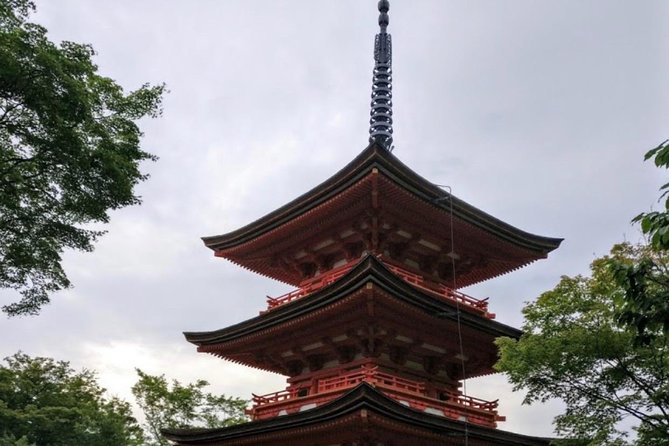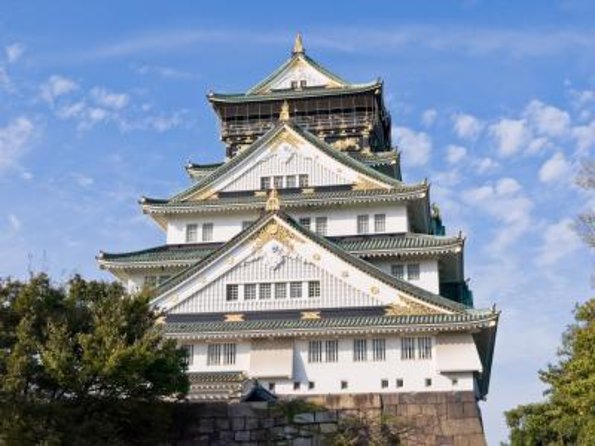Like a hidden gem waiting to be unearthed, the world of cultivating organic wasabi holds secrets that captivate the senses and intrigue the mind.
But what makes this process so mesmerizing, and why is it gaining popularity among foodies and chefs alike?
By exploring the intricacies of nurturing this prized plant, one can unlock a world of flavor and cultural significance that goes beyond the wasabi paste found in restaurants.
Stay tuned to discover the art of cultivating organic wasabi and how it can elevate your culinary experience to new heights.
Quick Takeaways
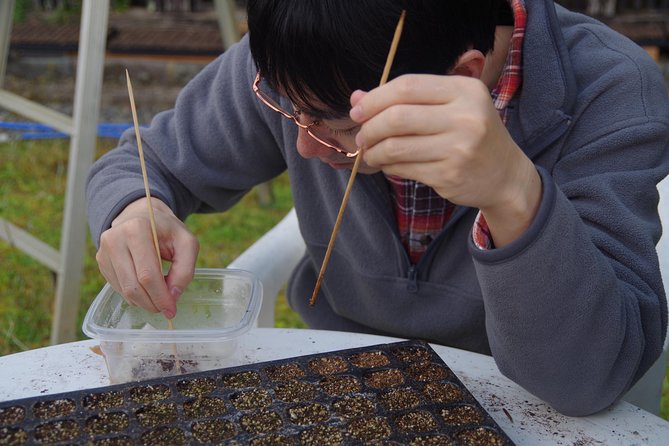
- Wasabi cultivation requires specific conditions like well-drained soil and optimal pH levels.
- Harvest at peak growth for potent flavor in culinary uses.
- Implement sustainable practices with organic fertilizers and precise watering techniques.
- Maintain a cool, shaded environment with proper ventilation for healthy plant growth.
The Origins of Wasabi
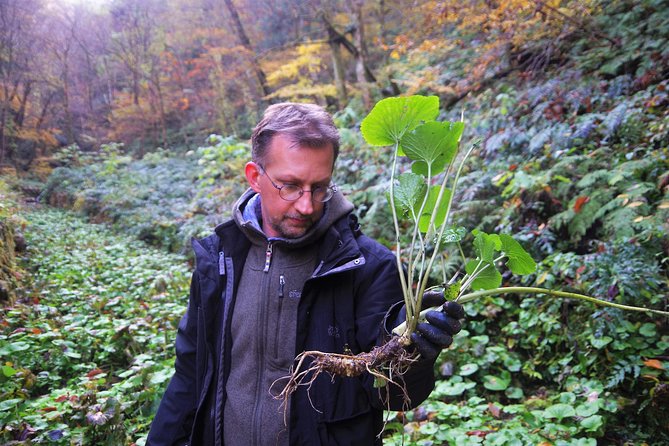
Hailing from the mountainous regions of Japan, wasabi, a pungent green paste often served with sushi, has a rich history deeply intertwined with Japanese culinary tradition and culture.
The cultivation of wasabi dates back centuries, with the plant requiring specific conditions to thrive. Wasabi history reveals that it was initially grown in running water regions, like the mountain streams of places such as Hikimi, where the cool, clean water provided the perfect environment for its growth.
This history highlights the careful attention and specialized techniques that have been passed down through generations to ensure the successful cultivation of this prized ingredient. Understanding the origins of wasabi sheds light on the meticulous process behind its production and the cultural significance it holds in Japanese cuisine.
Health Benefits of Wasabi
Wasabi not only adds a flavorful kick to dishes but also boasts a range of health benefits that make it a valuable addition to one’s diet. This Japanese plant is known for its medicinal properties and impressive nutritional value. Here are some key health benefits of consuming wasabi:
-
Medicinal Properties:
- Wasabi contains compounds that have anti-inflammatory and antimicrobial properties, which can help boost the immune system and fight off infections.
- Some studies suggest that these properties may also have anti-cancer effects, making wasabi a potentially valuable addition to a cancer-fighting diet.
-
Nutritional Value:
- Wasabi is low in calories but rich in essential nutrients like vitamin C, potassium, and fiber, making it a healthy choice for boosting overall well-being.
Growing Conditions for Wasabi
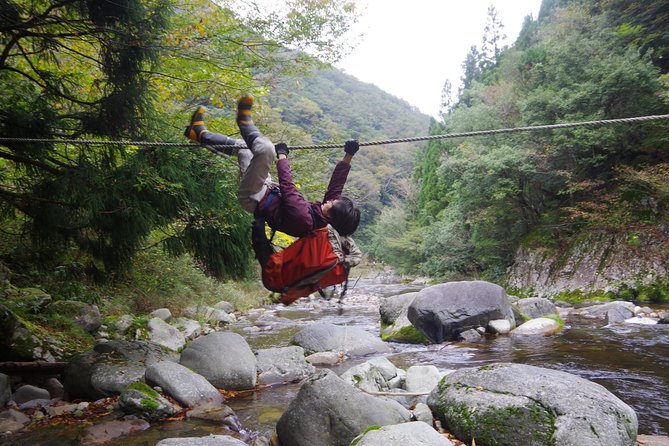
For successful cultivation, ensuring the right growing conditions is essential in producing high-quality wasabi plants. When it comes to soil composition, wasabi thrives in well-drained, sandy loam soil with a slightly acidic pH between 6.0 and 6.5. This type of soil provides good aeration and prevents waterlogging, which is crucial for the plant’s root development. Plus, incorporating organic matter into the soil can enhance its fertility and structure, supporting healthy growth.
Regarding irrigation methods, wasabi plants require consistent moisture levels, but overwatering should be avoided as it can lead to root rot. Drip irrigation is commonly used to maintain optimal soil moisture without causing water stress or saturation. By carefully monitoring the soil moisture and implementing proper irrigation techniques, growers can create ideal conditions for robust and flavorful wasabi plants.
Harvesting and Processing Wasabi
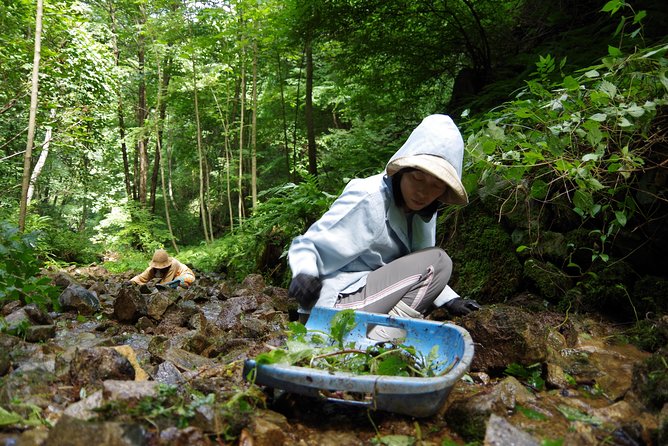
To ensure the highest quality of wasabi, understanding the proper techniques for harvesting and processing the plant is crucial. When it comes to wasabi cultivation, there are specific steps to follow in order to maintain its unique flavor and potency. Here are three key points to consider:
- Timing: Wasabi should be harvested at the peak of its growth to ensure maximum flavor and spiciness.
- Processing: After harvesting, the rhizome is washed, peeled, and grated to create the wasabi paste commonly used in culinary dishes.
- Storage: To preserve the freshness and flavor of wasabi, it should be stored in a cool, dark place or refrigerated if in paste form.
Following these steps is essential in maintaining the quality of the prized wasabi plant.
Culinary Uses of Wasabi

Exploring the world of culinary delights, one can’t overlook the versatile and pungent addition known for its distinctive kick and vibrant green hue. Wasabi, with its fiery flavor, is a staple in Japanese cuisine. Its unique taste pairs exceptionally well with sushi, sashimi, and other seafood dishes.
Beyond traditional uses, culinary experimentation has led to innovative applications like wasabi-infused mayonnaise, dressings, and even cocktails. The horseradish-like heat of wasabi can also complement grilled meats, noodles, and creamy sauces, offering a surprising twist to familiar dishes.
Chefs worldwide are increasingly incorporating wasabi into their creations, showcasing its ability to elevate flavors and add a zesty punch to a wide range of culinary experiences.
Tips for Cultivating Wasabi
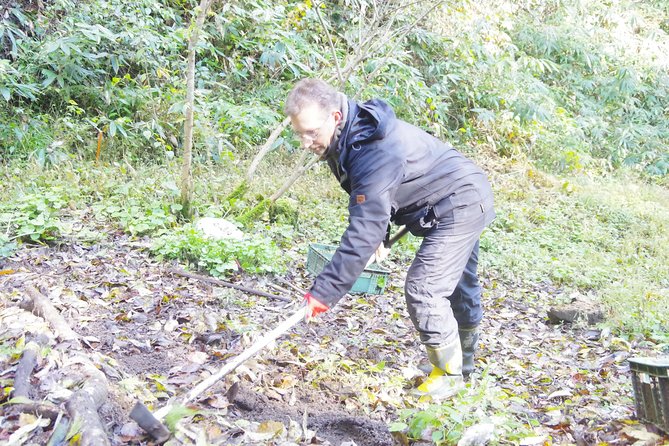
Venture into the art of cultivating wasabi by mastering the essential tips for nurturing this prized culinary ingredient to perfection. To ensure successful cultivation, here are some key pointers:
- Sustainable Farming: Embrace sustainable practices such as organic fertilizers and natural pest control methods to maintain the health of your wasabi crop.
- Proper Water Management: Implement precise watering techniques to mimic the natural conditions that wasabi thrives in, ensuring consistent moisture levels without waterlogging.
- Temperature Control: Maintain a cool and shaded environment for optimal growth, as wasabi prefers cooler temperatures. Ensure proper ventilation to prevent heat stress and promote healthy development.
Common questions
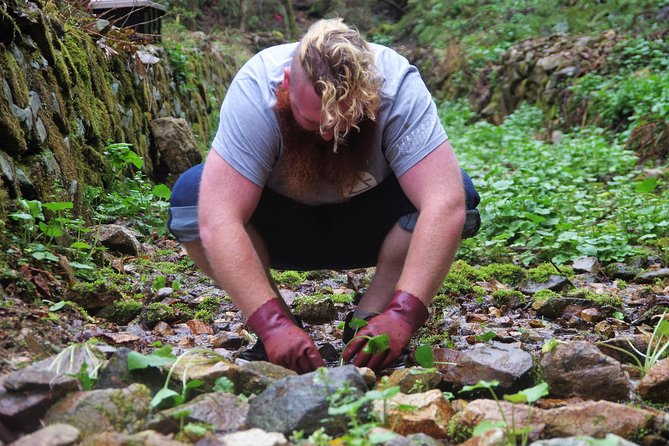
Can Children Participate in the Wasabi Cultivation Experience?
Children involvement in the experience is encouraged, providing valuable learning opportunities about traditional culinary practices. They can participate in cultivating wasabi under supervision, gaining hands-on experience in a unique and educational setting.
Is Transportation to the Meeting Point Provided as Part of the Experience?
Transportation logistics to the meeting point are not included in the experience. Accommodation options nearby may offer shuttle services or taxis. There are no networking opportunities during this private tour, but guests can enjoy tasting local cuisine.
Are There Any Restrictions on the Consumption of Wasabi for Individuals With Specific Allergies?
When it comes to consuming wasabi, individuals with specific allergies should take allergy considerations and health precautions seriously. It’s essential to be aware of any dietary restrictions and seek medical advice if needed to ensure a safe experience.
Can Participants Purchase Additional Wasabi Products or Souvenirs at the End of the Experience?
Participants have the opportunity to purchase additional wasabi products and souvenirs at the end of the experience. Product availability includes a range of options. Shopping opportunities allow visitors to take home a piece of this unique adventure.
Is There an Opportunity to Interact With Local Farmers or Experts During the Wasabi Cultivation Activity?
Participants will benefit from expert guidance and hands-on learning during the wasabi cultivation activity. Local farmers share cultivation techniques, enhancing the experience. This interactive opportunity allows for a deeper understanding of traditional methods and fosters a connection to the local community.
The Sum Up
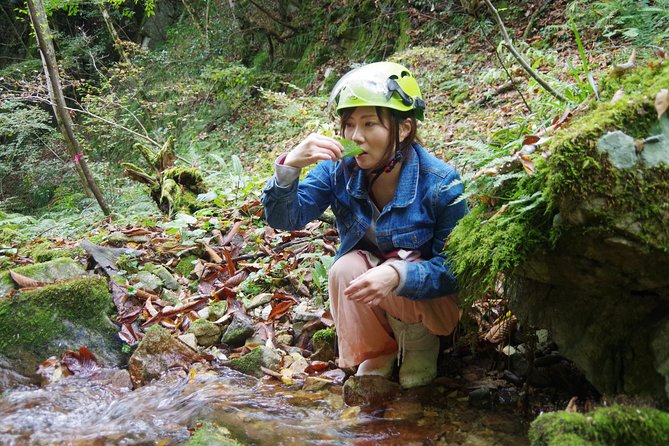
Set out on a journey to cultivate organic wasabi and discover the rich history and health benefits of this iconic ingredient.
From learning about growing conditions to harvesting and processing techniques, this immersive experience offers a hands-on adventure for foodies and curious travelers alike.
With the opportunity to taste the unique flavors of fresh wasabi and take home a souvenir, this unforgettable experience promises a deeper appreciation for this prized plant.




